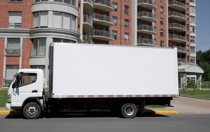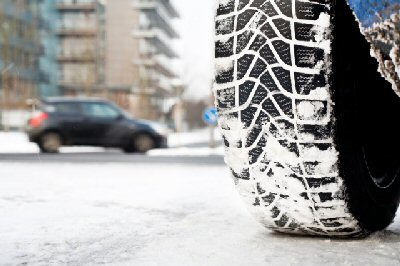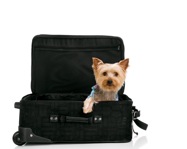As you prepare to move, you need to ensure you have adequately insured your goods. Although your professional movers at Starline will make every effort to take care of your goods, unforeseen accidents can happen. Even if you hire a professional mover, like Starline, you should still evaluate your own insurance coverage before you move. Contact your insurance agent and review your policy and explain the details of your move with them. Take inventory of your items and evaluate your current insurance coverage. If you have riders on your homeowner’s policy for example, chances are you may need additional coverage for your move. If you have specialty items like artwork and antiques, you will have to identify them to your mover ahead of time and discuss coverage options.
Professional movers, like Starline carry insurance and are required to take liability of the items they transport. However, there are different levels of liability they will assume. Therefore, you will need to discuss in detail what is covered ahead of time with them and be clear about your high-valued items. It is worth identifying these ahead of time so that you are adequately covered. I suggest you take photos of your high-valued items prior to packing to document the items. Use these photos to develop your high-valued inventory. Starline has put together some great resources to help you. Check out how to complete a high-valued inventory and a sample high-inventory form.
These extra steps are definitely worth doing in order to ensure any gaps in insurance are identified and addressed.
















